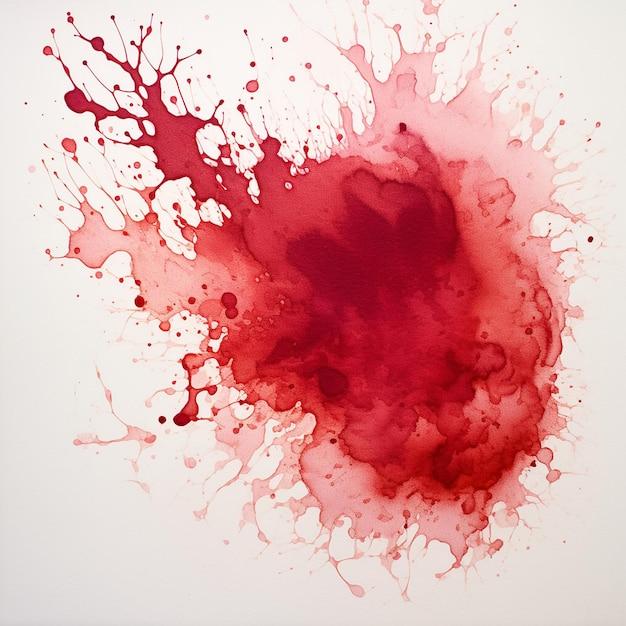In the ever-evolving world of arts and design, research plays a crucial role in shaping and informing creative endeavors. While qualitative research methods have long been embraced for their ability to delve into the subjective experiences of artists and designers, quantitative research offers a different perspective, one that is just as valuable. In this blog post, we will explore how quantitative research can be useful in the realm of arts and design, examining its impact on understanding trends, enhancing decision-making processes, and contributing to the overall evolution of creative practices.
While qualitative research allows for a deep exploration of individual experiences and perspectives, quantitative research takes a more systematic approach by utilizing statistical analysis and measurable data. By employing surveys, experiments, and data analysis techniques, quantitative research offers objective insights that can illuminate patterns, validate assumptions, and provide a solid foundation for decision-making. In the context of arts and design, this information can be immensely valuable in identifying emerging trends, understanding audience preferences, and gauging the impact of creative works.
So, let’s dive into the world of arts and design to uncover the significance of quantitative research and its potential to shape the future of creative expression.

How Quantitative Research Brings Numbers to the Creative World
Creativity and artistry may seem worlds apart from numbers and statistics, but quantitative research has found its place in the realm of arts and design. While some may raise an eyebrow at the thought of applying cold, hard data to these imaginative fields, the truth is that quantitative research brings a unique and valuable perspective to the creative process. Let’s dive into how quantitative research can be surprisingly useful in arts and designs.
Breaking Stereotypes: Quantitative Research for Creatives
Contrary to popular belief, quantitative research isn’t just for scientists in white lab coats. It can provide artists and designers with insights that can enhance their work. By using quantitative data, creators can gain a deeper understanding of their audiences, identify trends, and make informed decisions based on solid evidence rather than guesswork.
Unleashing the Potential of Data-driven Design
Quantitative research enables artists and designers to unlock a treasure trove of information that can spark their creativity. By analyzing data from surveys, market research, and other sources, creatives can uncover patterns, preferences, and behaviors that might otherwise remain hidden.
Enhancing User Experience Through Quantitative Insights
Imagine creating a visually stunning website or designing a captivating user interface without considering how users will interact with it. Quantitative research can provide crucial insights into user behavior, helping artists and designers create experiences that captivate and engage their target audience. By collecting and analyzing data on user preferences and behavior, creators can refine their work, leading to more satisfying and impactful artistic experiences.
Making Evidence-based Decisions
While artists and designers are known for their intuition and creativity, there is undeniably value in backing decisions with solid evidence. Quantitative research provides the data needed to make informed choices about design elements, color schemes, and artistic direction. By incorporating quantitative insights, creators can be confident that their choices are grounded in research and likely to resonate with their intended audience.
Collaborating with Communities and the Market
Artists and designers often seek opportunities to collaborate with communities and the market, whether through commissions, exhibitions, or commercial projects. Quantitative research can help determine the preferences, needs, and desires of various market segments, allowing creators to tailor their work to specific audiences. By understanding the quantitative data, artists and designers can build connections, forge collaborations, and create meaningful experiences that resonate with their target markets.
Embracing the Metrics: Bridging the Gap Between Art and Business
Art and business might seem like polar opposites, but in today’s increasingly interconnected world, it’s essential for artists and designers to embrace the metrics. Quantitative research provides the data-driven insights that can help creators break into new markets, identify potential revenue streams, and understand the commercial aspects of their work.
The Intersection of Creativity and Numbers
In conclusion, quantitative research offers a unique perspective that complements the imaginative world of arts and designs. By shedding light on audience preferences, facilitating evidence-based decision-making, and bridging the gap between art and business, quantitative research empowers artists and designers to create work that captivates, engages, and resonates with their audiences. So, let’s embrace the numbers and unlock the full potential of creativity in the digital age.
Takeaway: Quantitative research may seem out of place in the creative world, but it brings valuable insights and evidence-based decision-making to artists and designers. By embracing quantitative data, creators can enhance their work, understand their audiences, and bridge the gap between artistry and business. So, break the stereotypes and unleash the power of numbers in arts and designs!
*Note: This article is for informational purposes only. Results may vary for different individuals and situations.

FAQ: How is Quantitative Research Useful in Arts and Designs?
How can quantitative research be used in arts and design
Quantitative research can be a valuable tool in the world of arts and design. By gathering and analyzing numerical data, it provides valuable insights and measures to support decision-making processes, enhance creativity, and evaluate the effectiveness of various artistic endeavors.
What are the benefits of using quantitative research in arts and designs
The benefits of employing quantitative research in arts and designs are plentiful. Firstly, it allows for a more objective and systematic approach to understanding artistic processes and outcomes. It provides measurable data that can be analyzed and interpreted to identify patterns, trends, and correlations.
Furthermore, quantitative research enables artists and designers to make informed decisions based on evidence rather than relying solely on personal opinions or subjective viewpoints. This can lead to more targeted and effective artistic choices that resonate with their intended audience.
Lastly, quantitative research plays a crucial role in evaluating the impact and effectiveness of artistic interventions. Whether it’s measuring the success of an exhibition, assessing audience reactions and satisfaction, or examining the influence of design elements on user experience, quantitative research provides valuable insights that can inform future artistic endeavors.
What type of research design is a survey
A survey is a commonly used research design in quantitative research. It involves collecting data from a sample of individuals through structured questionnaires or interviews. Surveys allow researchers to gather information on a wide range of topics related to arts and design, such as audience preferences, artistic preferences, demographic data, and feedback on specific artistic experiences.
Surveys can be conducted online, through mail, or in person, depending on the target audience and research goals. The data collected can then be analyzed using statistical methods to uncover patterns, trends, and correlations.
How do you conduct a qualitative research design
Qualitative research design is a valuable approach to understand the subjective experiences, perspectives, and behaviors of individuals in relation to arts and design. Unlike quantitative research, qualitative research focuses on exploring in-depth insights and meanings rather than gathering numerical data.
To conduct qualitative research, it is crucial to select appropriate methods such as observations, interviews, focus groups, or case studies. These methods allow researchers to immerse themselves in the artistic context, engage with participants, and uncover rich narratives, emotions, and motivations behind artistic experiences.
Once data is collected, it can be analyzed using various techniques such as thematic analysis, content analysis, or narrative analysis. The findings can then be used to generate theories, create engaging artistic experiences, or inform design decisions.
In conclusion, both quantitative and qualitative research designs have their unique benefits and play an essential role in the field of arts and design. While quantitative research provides statistical data and objective insights, qualitative research uncovers subjective experiences and meaningful narratives. By employing a combination of these research approaches, artists, and designers can enhance their understanding of their audience, create impactful artistic experiences, and make informed decisions that shape the future of arts and designs.
